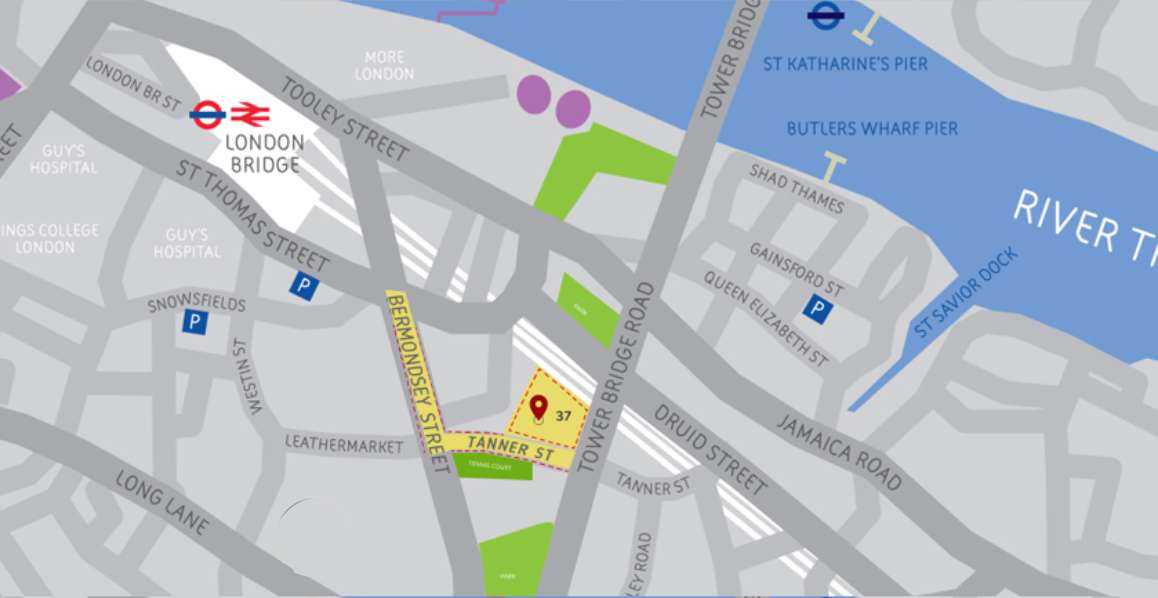Across all industries, workplace productivity is linked directly to efficient time management at the office. When time is poorly managed, even the most capable and committed teams can falter, leading to missed deadlines, unfinished tasks, and increased workplace stress.
Time is a finite resource. When effectively managed, it fuels progress and allows employees to contribute meaningfully to the larger corporate goals. However, poor time management at the office can quickly become a bottleneck, leading to inefficiencies that eventually hinder overall business growth.
To help you work smarter and achieve more each day, we bring you some proven office time management tips and techniques that promise to boost your productivity.
1. Pomodoro Technique
Developed by Francesco Cirillo in the 1980s, the popular Pomodoro Technique is a proven time management method where work is broken down into structured intervals. Instead of tackling overwhelming tasks all at once, this technique prioritises working in short, concentrated bursts followed by breaks to improve productivity and prevent burnout.
This is how you can use the Pomodoro Technique:
- Divide your workday into focused sessions of 25 minutes, each dedicated to a specific task.
- After each session, take a 5-minute break to recharge.
- After completing four sessions, take a longer 30-minute break before resuming work.
With this office time management tip, you can optimise your efficiency.
2. Eisenhower Matrix
The Eisenhower Matrix, developed by former American President Dwight Eisenhower during World War II, is an excellent tool for time management at the office. This method emphasises prioritisation, and categorising tasks based on urgency and importance.
- Urgent and important: Handle these tasks immediately (e.g., deadlines, launches).
- Important but not urgent: Schedule these for later (e.g., strategic planning, skill development).
- Urgent but not important: Delegate these tasks (e.g., routine emails, service requests).
- Neither urgent nor important: Eliminate or de-prioritise these to avoid wasting time.
By using the Eisenhower Matrix, you give high-value work foremost attention while de-prioritising tasks that require the least amount of attention.
3. Eat the Frog
Another popular technique for time management at the office is the Eat the Frog method developed by Brian Tracy. The philosophy of this method is simple: tackle the most challenging and essential task at the start of each day. Consequently, everything else feels easier, leading to a smoother workday.
To implement this technique, follow these steps:
- Identify your most challenging task (your ‘frog’).
- Complete it first before moving on to other work.
- If this task requires more than half a workday, break it down into smaller steps and tackle the hardest one from these.
- Once the hardest task is done, the rest of the day feels more manageable and productive.
- Decide on the next day’s frog, preferably at night.
This technique is especially useful in combating procrastination which usually stems from feeling overwhelmed in the face of challenging tasks. Ultimately, you get high-impact tasks done rather than pushing them aside.
4. Time Blocking
Next on the list of office time management tips is the Time Blocking technique. It involves planning each hour of your workday in advance and allocating specific blocks of time to particular tasks. This helps you take control of your schedule and proactively plan your day, completing high-priority work without distractions.
Here’s how you can use this technique:
- Divide your workday into blocks of time (30 min – 1 hour), each assigned to a specific task or category of work.
- Include buffer times between tasks to accommodate unexpected interruptions.
- Group similar tasks together (e.g., emails, meetings) to minimise context switching.
For improved productivity, assign the most important tasks to time blocks in which your daily energy levels are highest.
5. Pareto Analysis
The Pareto method is based on the 80/20 rule which states that 20% of efforts generate 80% of results. This time management technique encourages focus on high-impact activities that drive productivity.
Here’s how it works:
- List all your tasks and identify the ones that contribute the most to your goals.
- Focus on the top 20% of tasks that produce the highest value. You can do this by asking the following question: On a scale of 1-10, how important is this task for my goal?
- Schedule your priority impact tasks during your most productive hours. You can use the Time Blocking method for this.
- Minimise or delegate low-impact tasks that consume time but yield little benefit.
- Boost Workplace Productivity with the Ideal Work Environment at GO (Garden Office) Bermondsey
Your work environment plays a crucial role in supporting effective time management at the office. A well-designed office space enhances efficiency, minimises distractions, and supports better time management.
GO Bermondsey offers fully furnished office spaces in the heart of London, designed to support focused work and collaboration. Whether you need a private office for deep work or a meeting room for brainstorming, GO (Garden Office) Bermondsey provides the perfect setting for enhanced productivity. Explore our available units and discover the perfect office space at GO Bermondsey today!





